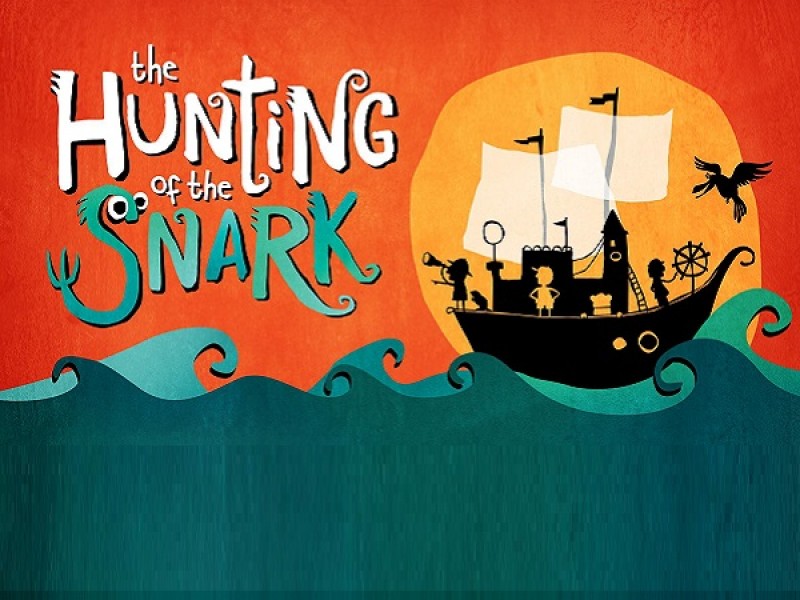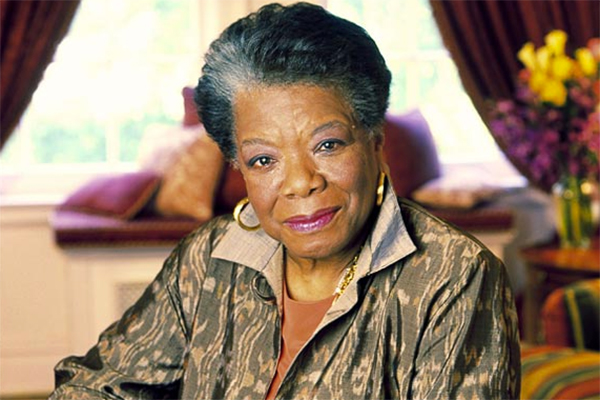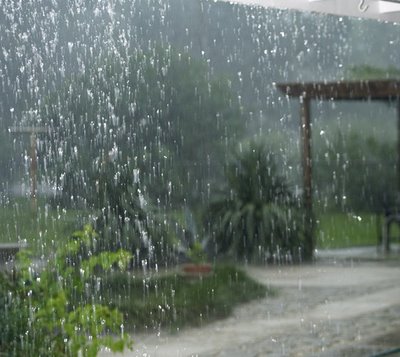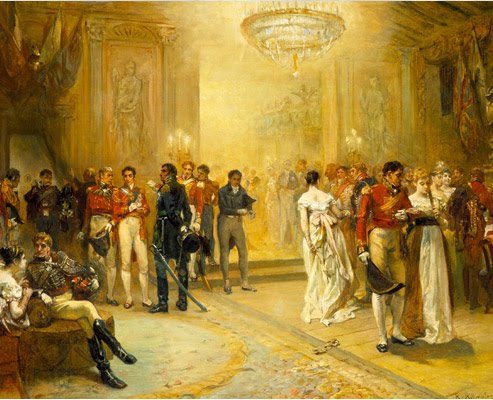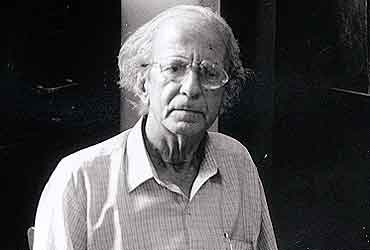This poem summary focuses on the poem ‘The Walrus and the Carpenter’ by Lewis Carroll, famous as a children’s author. This poem is made of eighteen stanzas. Each of these stanzas consists of six lines. The entire poem is written in the third person, with the narrators (the use of the plural here is explained in the poem analysis section) describing what this unlikely pair of walruses and the carpenter do one night to lure oysters. Go through The Walrus and the Carpenter: Summary by Lewis Carroll here:-
The Walrus and the Carpenter: Summary
In the first stanza, we find the sun shining fiercely on the sea. As a result, the waves rising up under the influence of the tide appear shiny. This is odd, say the narrators, because the sun doesn’t usually shine at midnight, which is when the action of the poem is taking place.
In the second stanza, the moon is visible in the sky. The narrators think that the moon is sulky because the sun has usurped her place in the sky at the time when the sun’s duty is supposed to be done, and the moon is supposed to have taken over. Like a little girl whose game has been interrupted midway, the moon believes that the sun has ruined any chances of the fun she might have had in his absence. For this, she calls the sun rude.

In the third stanza, frequent repetitions are used to drive home the point that the sea is very wet, and in contrast, the sand is parched. The narrators also assert that the sky was entirely devoid of two of its other inhabitants – the clouds and the birds.
In the fourth stanza, the protagonists of the poem finally make their entry. The Walrus and the carpenter are seen walking and simultaneously shedding tears at the sight of so much sand all in one place like this on the shore of the sea. Instead, they suggest that it would be grand if all the sand were cleared away from that place.
In the fifth stanza, by a curious sort of symmetry, the Walrus thinks that seven maids sweeping with seven brooms for a period of six months might be able to clear all the sand off the seashore. However, the carpenter expresses doubt as to whether such vast quantities of sand can be removed by so few hands in such a short time and, therefore, continues to weep.
In the sixth stanza, the Walrus spots a colony of oysters and invites them to walk with him and the carpenter on the beach and have a pleasant conversation with them at the same time. However, the Walrus limits the number of oysters they shall be able to entertain to four, each of their hands only being able to hold hands with one oyster. This is a technique the Walrus adopts to arouse the curiosity of the whole group of oysters, as we later find out.
In the seventh stanza, the hierarchy within the colony of oysters becomes apparent to readers as the eldest oyster answers the Walrus on behalf of all the oysters. However, his answer does not consist of words but only of gestures. He winks and shakes his head to signify that the oysters under him will not be joining the Walrus and the carpenter.
In the eighth stanza, four young oysters are shown to disobey the edict of the eldest oyster. Against his commands, they accompany the Walrus and the carpenter on their walk. As they do so, they are described in great detail. Their hair appears to be washed, their coats are brushed, and their shoes polished – all in all, a neat and impressive appearance, it seems to the narrators. Only one thing doesn’t seem to add up. Since oysters don’t have feet, readers wonder (along with the narrators) where exactly their shoes go.
In the ninth stanza, the narrators describe how the first four oysters continued to be followed by other groups of four until the numbers grew to a sizeable extent. The motion of these oysters is depicted using the words “hopping” and “scrambling,” which appropriately capture the fact that sea creatures moving from their usual place of habitation to the land can cause great excitement.
In the tenth stanza, the Walrus and the carpenter are shown to walk a mile and finally rest on a rock. What is remarkable about the rock is that its height is shallow, and apparently, it is chosen so that the Walrus and the carpenters are able to easily address the oysters who all stand in a row at their feet.
In the eleventh stanza, the Walrus announces that the pleasant conversation they had promised the oysters will now begin as they speak of many things. The combination of topics he mentions will be part of the conversation is rather strange – shoes, ships, sealing wax, cabbages, kings, boiling water, and the possibility of pigs being endowed with wings.
In the twelfth stanza, the oysters protest at the start of the conversation, citing their exhaustion as the reason. They elaborate on this, saying that while some of them are breathless, all of them may, in fact, come to the same state since they are all fat. When the carpenter assures them that he and the Walrus are not in a hurry, he is thanked profusely by the grateful oysters.
In the thirteenth stanza, the Walrus says that they are in need of a loaf of bread, with which a little pepper would go very well. Asking the oysters if they are ready and cajoling them with a term of endearment, the Walrus then suggests that they should begin their feast.
In the fourteenth stanza, the oysters start to feel nauseous and turn blue in nervousness and hope out loud that it is not them that the Walrus and the carpenter shall be feasting on. After being treated so kindly for the entire duration of the walk, this seems to be a disappointing end to the journey. In an attempt to distract them, the Walrus asks them to admire the view of the sea, for the night is quite pleasant.
In the fifteenth stanza, the Walrus continues to hold the oysters’ attention by acknowledging that it was very nice of the oysters to accompany him and the carpenter. The carpenter, uninterested in this conversation and concentrating only on food, asks the Walrus to provide him with another slice of bread and berates him for not accomplishing this simple task when the carpenter had asked him to do it the first time.
In the sixteenth stanza, the Walrus covertly addresses the carpenter and seems to be slightly remorseful as he suggests that it might have been meant to make the oysters walk so fast and so far only to devour them at the end of it. The carpenter, feeling no pity or sympathy for the oysters, only remarks on the thickness of the butter on his slice of bread.
In the seventeenth stanza, the Walrus tries to posit a good image of himself in front of the oysters while still sticking to the original plan of action. He says that he can sympathize with the plight of the oysters and holds his handkerchief in front of his eyes to stop the flow of tears coming from them while also choosing which of the oysters to eat first in terms of their size from biggest to smallest.
In the eighteenth and final stanza, the carpenter finally speaks to the oysters saying that their run has been a good one and asking whether they should begin the journey homewards. To this, he gets no reply, and the narrators are hardly surprised by this, for they know that not one of the oysters has been left uneaten by the Walrus and the carpenter. I hope you have enjoyed reading The Walrus and the Carpenter Summary. Please click here to continue reading The Walrus and the Carpenter Analysis.
Updated by Anjali Roongta on 14th April 2023
Some online learning platforms provide certifications, while others are designed to simply grow your skills in your personal and professional life. Including Masterclass and Coursera, here are our recommendations for the best online learning platforms you can sign up for today.
The 7 Best Online Learning Platforms of 2022
- Best Overall: Coursera
- Best for Niche Topics: Udemy
- Best for Creative Fields: Skillshare
- Best for Celebrity Lessons: MasterClass
- Best for STEM: EdX
- Best for Career Building: Udacity
- Best for Data Learning: Pluralsight


